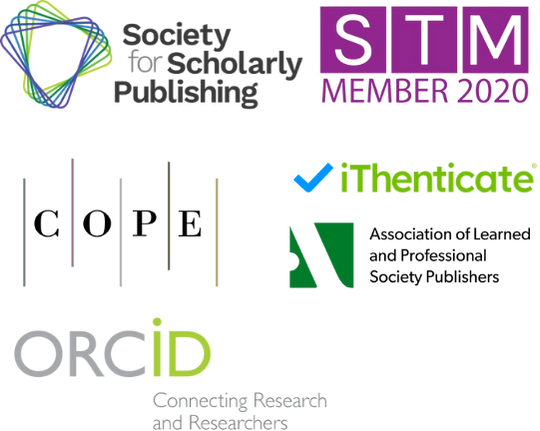Cross-Domain Applications of Machine Learning: From Personalized Recommendations to Autonomous Systems
Keywords:
machine learning, cross-domain applications, personalized recommendation, autonomous systems, urban mobility, predictive analyticsAbstract
Machine learning has rapidly evolved into a transformative technology with applications spanning personalized recommendation systems, autonomous systems, urban mobility, life sciences, finance, and social analytics. This review highlights cross-domain methodologies, including data augmentation, model transfer, and multi-modal data fusion, which enable models to generalize across diverse contexts while maintaining high performance. Personalized recommendations leverage sequential behavior and context-awareness to enhance user experiences, while autonomous systems integrate real-time perception, large language models, and predictive analysis to support navigation, programming assistance, and vehicle safety. Urban mobility applications optimize traffic, resource allocation, and sustainability, whereas life sciences, financial analytics, and social studies benefit from graph-based modeling, market prediction, and social behavior analysis. The review concludes by emphasizing the shared principles across domains and the potential for integrating predictive and recommendation models to drive intelligent, adaptive, and human-centered solutions in future cross-domain applications.
References
1. S. Li, K. Liu, and X. Chen, “A context-aware personalized recommendation framework integrating user clustering and BERT-based sentiment analysis,” 2025.
2. Y. Chen, H. Du, and Y. Zhou, “Lightweight network-based semantic segmentation for UAVs and its RISC-V implementation,” Journal of Technology Innovation and Engineering, vol. 1, no. 2, 2025.
3. B. Zhang, Z. Lin, and Y. Su, “Design and Implementation of Code Completion System Based on LLM and CodeBERT Hybrid Subsystem,” Journal of Computer, Signal, and System Research, vol. 2, no. 6, pp. 49–56, 2025.
4. R. Luo, X. Chen, and Z. Ding, “SeqUDA-Rec: Sequential user behavior enhanced recommendation via global unsupervised data augmentation for personalized content marketing,” arXiv preprint arXiv:2509.17361, 2025.
5. C. Zhang, X. Liu, J. Ren, H. Yu, J. Huang, and X. Luo, “The IMAGE framework for human mobility science: A comprehensive bibliometric analysis of research trends and frontiers,” Transport Policy, vol. 171, pp. 706–720, 2025.
6. J. Jin, T. Zhu, and C. Li, “Graph neural network-based prediction framework for protein-ligand binding affinity: A case study on pediatric gastrointestinal disease targets,” Journal of Medicine and Life Sciences, vol. 1, no. 3, pp. 136–142, 2025.
7. W. Sun, “Integration of market-oriented development models and marketing strategies in real estate,” European Journal of Business, Economics & Management, vol. 1, no. 3, pp. 45–52, 2025.
8. Z. C. J. Yao, “Impact of the Ukraine conflict on food security: A comprehensive analysis using propensity score matching and difference in difference,” Journal of Finance Research, vol. 8, no. 1, 2024, doi: 10.26549/jfr.v8i1.16890.
9. X. Hu and R. Caldentey, “Trust and reciprocity in firms’ capacity sharing,” Manufacturing & Service Operations Management, vol. 25, no. 4, pp. 1436–1450, 2023, doi: 10.1287/msom.2023.1203.
10. S. Yuan, "Mechanisms of High-Frequency Financial Data on Market Microstructure," Modern Economics & Management Forum, vol. 6, no. 4, pp. 569–572, 2025.
11. X. Min, W. Chi, X. Hu, and Q. Ye, “Set a goal for yourself? A model and field experiment with gig workers,” Production and Operations Management, vol. 33, no. 1, pp. 205–224, 2024, doi: 10.1177/10591478231224927.
12. J. Yao and T. Zhang, “Academic Achievement among African American Children in Single-Parent Families,” International Journal of Humanities and Social Science, vol. 1, no. 2, pp. 26–38, 2025.
13. F. Gao, “The role of data analytics in enhancing digital platform user engagement and retention,” Journal of Media, Journalism & Communication Studies, vol. 1, no. 1, pp. 10–17, 2025, doi: 10.71222/z27xzp64.


